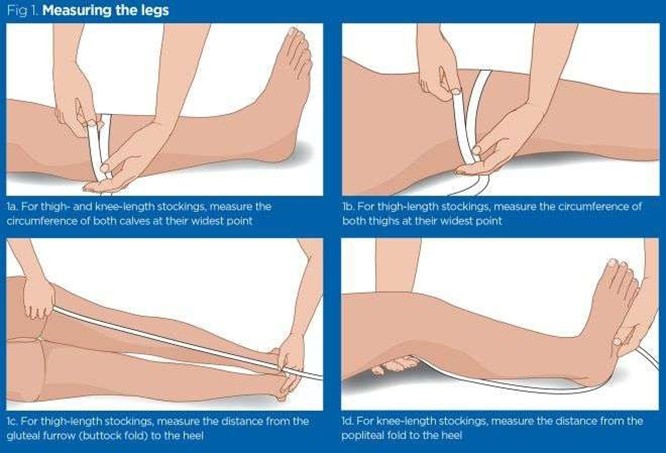A nurse is caring for a client who has heart failure and is taking hydrochlorothiazide.
The nurse should monitor the client for which of the following manifestations as an adverse effect of the medication?
Hypermagnesemia.
Hypernatremia.
Hypocalcemia.
Hypokalemia.
The Correct Answer is D
The nurse should monitor the client for hypokalemia as an adverse effect of hydrochlorothiazide.
Hypokalemia refers to a low level of potassium in the blood.
Choice A is wrong because hypermagnesemia is not a commonly reported adverse effect of hydrochlorothiazide.
Choice B is wrong because hypernatremia is not a commonly reported adverse effect of hydrochlorothiazide.
Choice C is wrong because hypocalcemia is not a commonly reported adverse effect of hydrochlorothiazide.
Nursing Test Bank
Naxlex Comprehensive Predictor Exams
Related Questions
Correct Answer is A
Explanation

Expired medications should not be used and should be disposed of properly. The best way to do this is to return them to the pharmacy for proper disposal.
Choice B is wrong because flushing medications down the toilet can contaminate the water supply and harm the environment.
Choice C is wrong because expired medications should not be placed back in the medication cart as they may accidentally be used.
Choice D is wrong because notifying the provider about expired medications is not necessary as it is the responsibility of the nurse to properly dispose of them.
Correct Answer is D
Explanation

Heparin therapy is used to prevent thrombus propagation and distal embolization while allowing the endogenous fibrinolytic system to dissolve existing clots in deep-vein thrombosis (DVT)1.
A reduction in calf circumference may indicate that the clot is dissolving and the therapy is effective.
Choice A is wrong because platelets within the expected reference range do not necessarily indicate that heparin therapy for DVT is effective.
Choice B is wrong because INR (International Normalized Ratio) is used to monitor warfarin therapy, not heparin therapy.
Choice C is wrong because the presence of pedal pulses bilaterally does not necessarily indicate that heparin therapy for DVT is effective.
Whether you are a student looking to ace your exams or a practicing nurse seeking to enhance your expertise , our nursing education contents will empower you with the confidence and competence to make a difference in the lives of patients and become a respected leader in the healthcare field.
Visit Naxlex, invest in your future and unlock endless possibilities with our unparalleled nursing education contents today
Report Wrong Answer on the Current Question
Do you disagree with the answer? If yes, what is your expected answer? Explain.
Kindly be descriptive with the issue you are facing.
